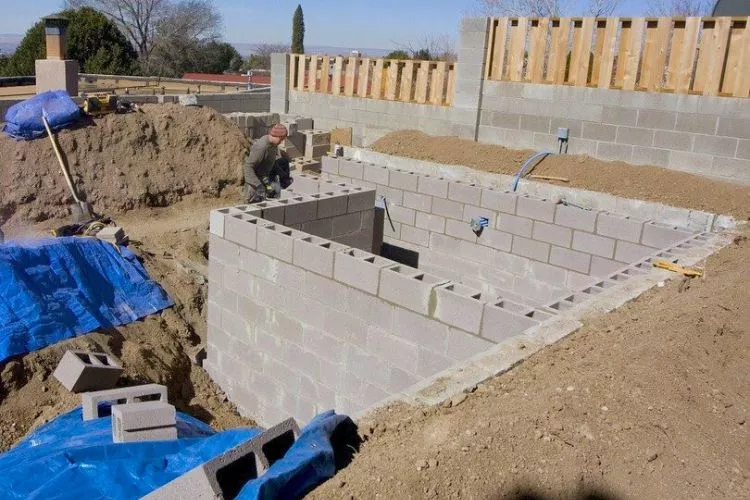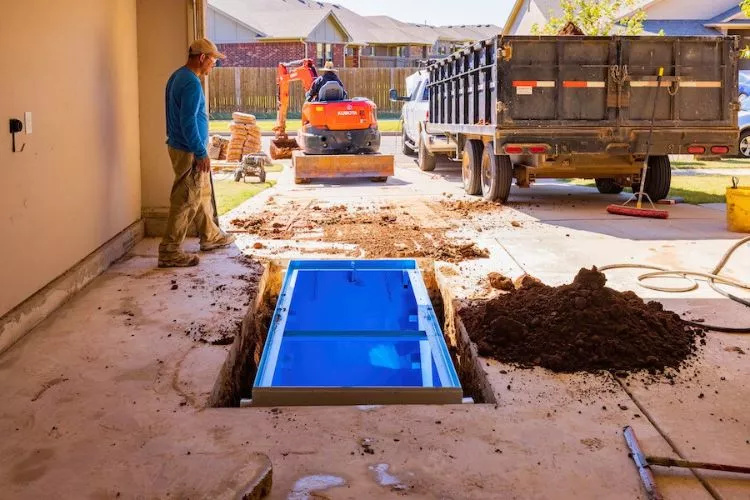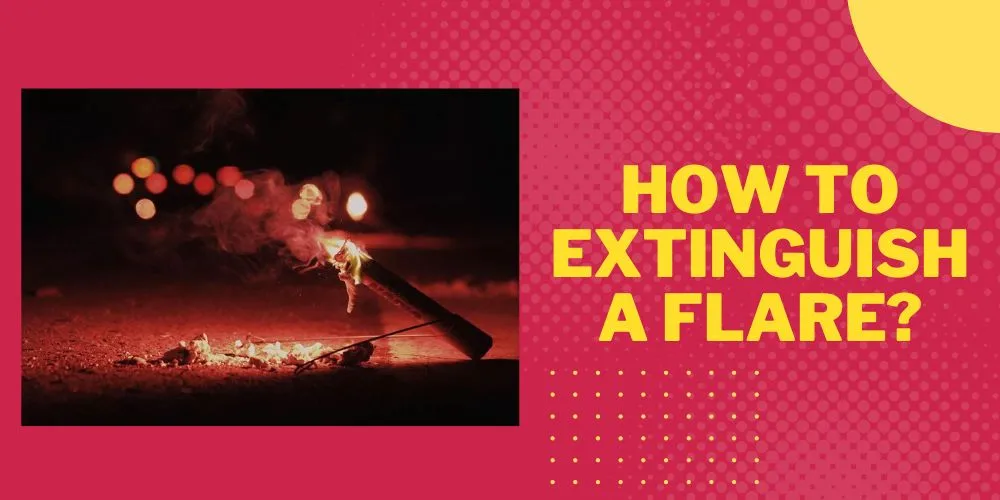The growing interest in underground bunkers can be attributed to various factors, including concerns about natural disasters, civil unrest, and the desire for a secure retreat in times of crisis.
These bunkers offer safety, privacy, and self-sufficiency, which appeal to many individuals. But, do you need a permit to build an underground bunker?
Honestly speaking, before constructing an underground bunker, it’s crucial to determine whether a permit is required. Building permits and regulations vary depending on local laws, so researching and obtaining the necessary approvals is essential to avoid legal issues, fines, or even the structure’s demolition.

Additionally, permits ensure that the bunker meets safety standards, proper ventilation, and structural integrity, which are crucial for a secure and habitable underground space.
Not only do permits protect the owner and the community, but they also maintain property values and ensure that the bunker is a sound investment.
Do you need a permit to build an underground bunker?
Whether a permit is needed to build an underground bunker depends on the local laws and regulations of the area where the bunker will be constructed. In some areas, permits are required to construct underground bunkers, while in others, they may not be necessary.
It is essential to research and understands the permit requirements for the specific location where the bunker will be built to avoid legal issues, fines, or the structure’s demolition.
What states have underground bunkers?
Underground bunkers can be found in various United States states, both privately owned structures and government facilities. Some states with significant numbers of underground bunkers include:

- Colorado: Known for the Cheyenne Mountain Complex, a military installation and nuclear bunker, Colorado is a popular location for underground bunkers due to its mountainous terrain and strategic position.
- Texas: With its vast land area and favorable building conditions, Texas has seen a rise in the construction of private underground bunkers, particularly in rural areas.
- Utah: Home to the Granite Mountain Records Vault, a massive underground storage facility for the Church of Jesus Christ of Latter-day Saints, Utah has a rich history of bunker construction.
- California: Due to its susceptibility to earthquakes and wildfires, many Californians have built private underground bunkers for added safety.
- Kansas: The Sunflower State’s central location makes it an attractive spot for underground bunkers, such as the luxury survival condo built in a former missile silo.
These examples only scratch the surface, as underground bunkers can be found in various forms throughout the country, reflecting their owners’ diverse motivations and needs.
How do I get permission to build a bunker?
To get permission to build an underground bunker, you must follow local regulations and obtain the necessary permits. The process may vary depending on your location but typically involves the following steps:
- Research local laws: Begin by researching the zoning and building codes in your area to determine whether underground bunkers are allowed and the specific requirements for their construction. You can do this by contacting your local zoning or planning department, reviewing their website, or consulting with a local builder or architect.
- Consult with professionals: To ensure compliance with local regulations, it’s advisable to consult with professionals such as architects, engineers, or builders experienced in bunker construction. They can help you design a bunker that meets the legal and safety requirements and provide guidance on the permitting process.
- Prepare documentation: Once you clearly understand the regulations and requirements, prepare the necessary documents for your permit application. This may include site plans, construction drawings, engineering reports, and other relevant documentation demonstrating local laws’ compliance.
- Submit the permit application: Submit your application, along with the required documentation and fees, to the relevant local authority. This could be your city or county’s building or planning department.
- Await approval: The approval process can take several weeks to several months, depending on the project’s complexity and the permitting office’s workload. Be prepared to answer any questions or provide additional information as requested by the permitting authority.
- Obtain the permit: Once your permit application is approved, you’ll receive a building permit to legally construct your underground bunker. Keep this document on hand during construction, as local inspectors may visit your site to ensure compliance with regulations.
- Adhere to local regulations: Ensure that your bunker follows all applicable laws and permit conditions throughout the construction process. Failure to do so may result in fines, legal issues, or demolition of the structure.
Underground bunker regulations
Underground bunker regulations in the United States vary based on local and state jurisdictions. However, some general guidelines must be followed to ensure safety and compliance with building codes.
First, before construction begins, you must obtain the necessary permits from your local government. This includes providing detailed plans, specifying the bunker’s purpose, and ensuring proper ventilation, plumbing, and electrical systems.

Additionally, the Environmental Protection Agency (EPA) requires that all underground storage tanks be registered and adhere to strict environmental standards to avoid soil and groundwater contamination. Bunkers must also comply with the Americans with Disabilities Act (ADA), which mandates accessibility for individuals with disabilities.
Furthermore, the Occupational Safety and Health Administration (OSHA) sets strict guidelines for workplace safety, which may apply to the construction and maintenance of bunkers.
In summary, it is essential to consult local, state, and federal regulations before building an underground bunker to ensure compliance and safety.
Best state to build a bunker
Montana
Montana is a great state to build a bunker. The geography of Montana makes it easy to find a place that’s remote enough to be safe but still close enough to civilization for supplies.
The climate is also ideal: cold winters and hot summers mean you won’t have to worry about your underground shelter freezing over or overheating during the summer months.
Montana has access to plenty of resources as well–you can find everything from food (livestock) and water (rivers) to building materials (stone) without having much trouble at all!
Finally, the cost of living in Montana is relatively low compared with other states; this means that even if your bunker isn’t finished yet when SHTF hits us all with full force, there will still be enough money left over after building costs so that everyone can eat well until things get back on track again!
Wyoming
The state has abundant resources, including water and land, making it easy to build your dream bunker. It also has a low population density and plenty of space to live in peace without being bothered by anyone else.
The climate is ideal for a year-round living–you won’t have any problems with snow or rain getting into your home!
Wyoming also has some of the lowest real estate prices in the country, so if money’s tight but you still want quality living conditions (or just want bragging rights), this could be your best option!
South Dakota
South Dakota is a great state to build a bunker. It has the following advantages:
- Geography: South Dakota is landlocked, which means it’s not near any coastlines or large bodies of water that might be vulnerable to rising sea levels or tsunamis. This makes it an ideal location for long-term survivalists who want to avoid being affected by these natural disasters.
- Climate: The weather in South Dakota is relatively mild compared to other states in the Midwest, which means you don’t have to worry about extreme temperature fluctuations affecting your ability (or lack thereof) to grow food on your property or live comfortably inside your underground shelter during winter months.
Alaska
Alaska has everything you need to survive, including:
- Geography: Alaska is huge! It’s bigger than Texas and California combined. You can easily find a quiet place where no one will bother you. Plus, there are many mountains to climb or hide in if things get bad outside your bunker.
- Climate: The weather in Alaska is pretty mild compared with other states’ climates (except for maybe Hawaii). It doesn’t get too hot or cold here- you can just wear jeans year round! Plus, there are plenty of trees around if you want some firewood for heat during winter months when temperatures drop below freezing point at night, which means no need for electricity bills either because guess what? No power lines are needed either!
That’s right; no more paying those pesky bills every month just so someone else can use up all our resources while we sit back doing nothing except maybe watching TV shows about other people living life out loud. In contrast, we sit inside our homes wishing they’d stop wasting so much energy.
Florida
The Sunshine State has plenty of land, climate and resources for you to build your nuclear fallout shelter. It also offers lower costs than other states like California or New York.
In addition, Florida has some of the best geology in America for building bunkers: its limestone bedrock makes it ideal for underground construction projects because it’s easy to dig through and doesn’t require much reinforcement (like concrete).
Frequently Asked Questions (FAQs)
u003cstrongu003eCan you build an underground bunker in Florida? u003c/strongu003e
In Florida, you can build an underground bunker, but you must obtain several permits, including a digging depth, grading, and building permit. These permits may vary depending on where you want to set up your bunker.
Can you build an underground bunker in Texas?
You can build an underground bunker in Texas, but the process may also require obtaining permits from local authorities. However, Texas has fewer restrictions than other states, which makes it an excellent place to build an underground bunker.
Conclusion:
Building an underground bunker requires careful consideration of local, state, and federal regulations. Obtaining the necessary permits before embarking on such a project is crucial to ensure compliance with building codes and environmental standards.
While the specifics may vary depending on your location, obtaining permits is fundamental in constructing a safe and legally compliant underground shelter.
By adhering to these regulations and working closely with local authorities, you can create a secure bunker that stands the test of time and provides peace of mind in times of crisis.


